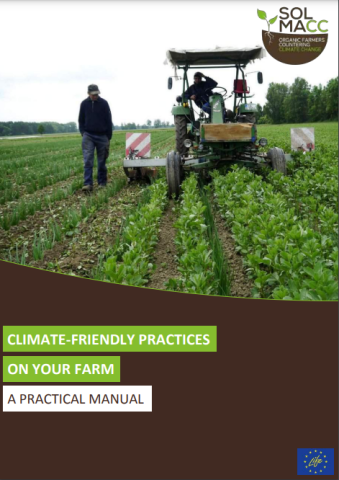This manual provides examples across SOLMACC Demonstration Farms of practices aimed at reducing greenhouse gas emissions. The practices are evaluated on each farm for their mitigation potential, adaptation potential and economic viability for each specific farm business.
When considering introducing practices to reduce greenhouse gas emissions, it can be useful to look at case studies to see the effect of these new practices on other farm businesses. This can help to plan which practices would be best implemented on your farm.
Download the manual below.


